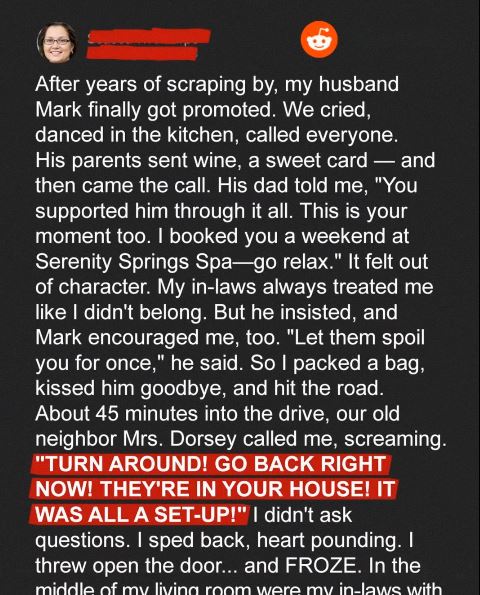Picture this: your child presents you with a drawing where the sky is green and the grass is purple. Do you correct them or celebrate their imagination? How we respond in these moments shapes their belief in their own voice. Children’s freedom of expression isn’t just about letting them talk – it’s about creating an environment where their unique perspective is valued.
From the moment they can grip a crayon, children are trying to tell us something. Those early scribbles are their first attempts at communication beyond crying. As they grow, their methods become more sophisticated – elaborate block towers, dramatic puppet shows, passionate arguments about bedtime. Each is an opportunity to either expand or contract their confidence in self-expression.
Legal frameworks worldwide recognize that children’s voices matter. But rights on paper mean little without daily practice at home. This means sometimes biting our tongues when their opinions differ from ours. It means providing materials for creation without dictating how to use them. Most importantly, it means listening with the same attention we’d give an adult colleague.
The digital world complicates this landscape. Now more than ever, children need guidance on using their voices responsibly online. Teaching them to disagree with kindness, to recognize misinformation, and to walk away from toxic interactions are crucial modern parenting skills.
Simple practices make a big difference. Dedicate a “creation station” with basic art supplies. Institute regular family meetings where everyone gets equal speaking time. When conflicts arise, guide them to express anger without cruelty. These small acts accumulate into lifelong communication skills.
The payoff? Children who trust their own judgment. Young people comfortable with healthy debate. Future adults who can articulate their needs and respect others’ boundaries. All stemming from that first green sky we chose not to “fix.”


